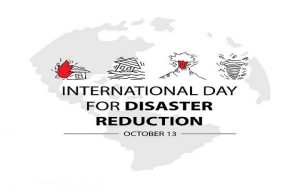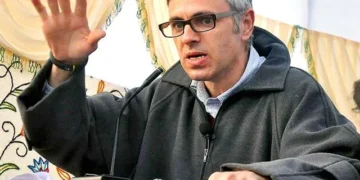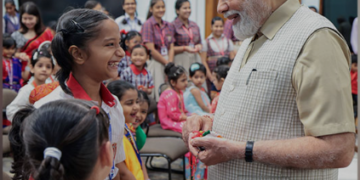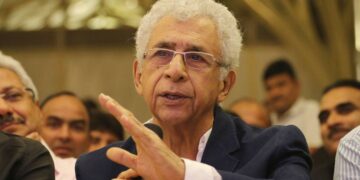The year 2021 promises to be a make or break year when it comes to delivering on the policy agenda agreed in 2015. Without real action on climate in the next ten years, extreme weather events will be overwhelming, especially for developing countries.

Disasters impact low- and middle-income countries disproportionately, particularly in terms of mortality, numbers of people injured, displaced and homeless, economic losses (as a percentage of GDP) and damage to critical infrastructure. We cannot eradicate poverty and hunger if we don’t step up investments in disaster risk reduction. International cooperation for developing countries through Official Development Aid (ODA) and capacity building is essential to boost disaster resilience in the face of extreme weather events and other natural and man-made hazards.
HISTORY
The International Day for Disaster Risk Reduction was started in 1989, after a call by the United Nations General Assembly for a day to promote a global culture of risk-awareness and disaster reduction. Held every 13 October, the day celebrates how people and communities around the world are reducing their exposure to disasters and raising awareness about the importance of reining in the risks that they face.
In 2015 at the third UN World Conference on Disaster Risk Reduction in Sendai, Japan, the international community was reminded that disasters hit hardest at the local level with the potential to cause loss of life and great social and economic upheaval. Sudden onset disasters displace millions of people every year. Disasters, many of which are exacerbated by climate change, have a negative impact on investment in sustainable development and the desired outcomes.
It is also at the local level that capacities need to be strengthened urgently. The Sendai Framework for Disaster Risk Reduction is people-focused and action-oriented in its approach to disaster risk reduction and applies to the risk of small-scale and large-scale disasters caused by man-made, or natural hazards, as well as related environmental, technological and biological hazards and risks.
The global community was reminded in 2015, during the Third UN World Conference on Disaster Risk Reduction in Sendai, Japan, that catastrophes severely impact at the local level, with the possibility of causing loss of life and significant social and economic turmoil. In 2011, Sendai was hit by a severe earthquake and tsunami, killing 20,000 people.
Theme
The theme for the 2021 edition is “International cooperation for developing countries to reduce disaster risk and disaster losses.” This is the sixth objective of the Sendai Seven.























